Arrival in Cochabamba
Cochabamba lays in the middle of Bolivia, both in terms of latitude and altitude. The biggest city of the country’s extensive valley range, it boasts Bolivia’s best climate and is known as its “breadbasket”. Surrounded by mountains and in easy reach of national parks and the jungle, there are plenty of things to see. All of which makes the lack of tourism in Cochabamba nothing less than astounding.

We arrived at 5am, after a seven-hour bus ride from La Paz; a bus ride that had been delayed by thirteen hours due to a roadblock in El Alto. But early the next morning, we forced ourselves out of bed and set out to explore our new temporary home.
It was the middle of winter in Bolivia, and it was hot. Maybe our bodies were still adjusting from the cold mountain temperatures of La Paz, but after a few minutes of walking around, I was sweating. The first thing we noticed was how affluent and modern the city seemed. Wide tree-lined sidewalks, nice cars, trash-free plazas and well-dressed people. We took in the atmosphere at the bustling Plaza 14 de Septiembre, in the center of town, adjacent to the Cathedral and filled with trees and nicely tended lawns.
Everything was so nice, clean and calm, that I could have sworn we were in another country. But once outside the city center, we discovered that Cochabamba is indeed in Bolivia. South of Calle Aroma, we found the sprawling Mercado Cancha, with street vendors and Andean people selling all manner of food, clothing and electronics. Things are poorer in the city’s peripheries and, as we re-encountered chaos and trash, we almost felt more comfortable.
Cochabamba is the place that everyone plans to visit, but ends up scratching off the itinerary. None of Bolivia’s major attractions are very near, and the city’s tourist infrastructure is severely lacking. The girls in the tourist office were visibly annoyed by our quest for information. But it’s obvious there is a lot to do, both in and outside of the city. We wouldn’t be disappointed by our time in Cochabamba.
– Hostels and Hostales in Cochabamba
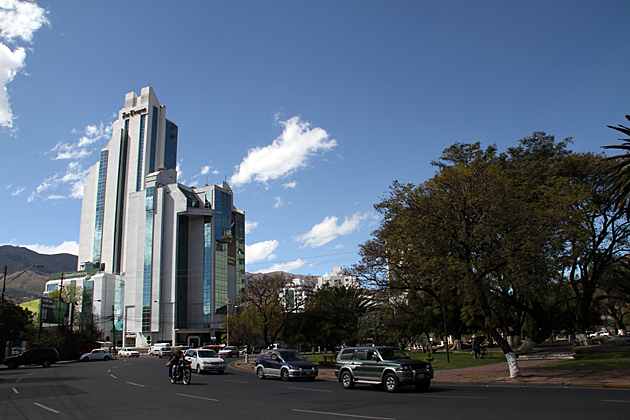

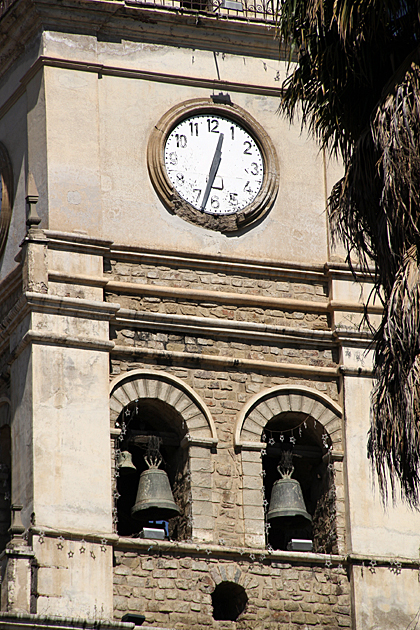

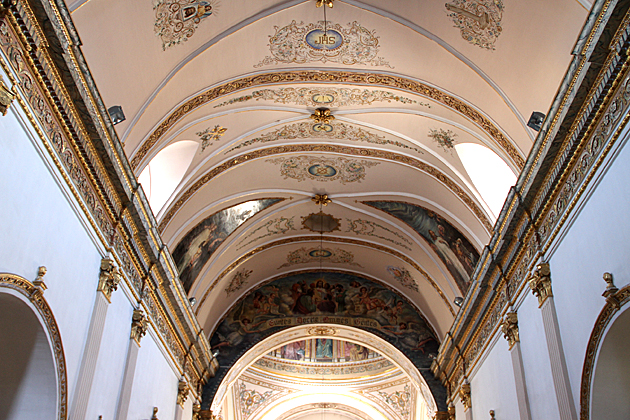
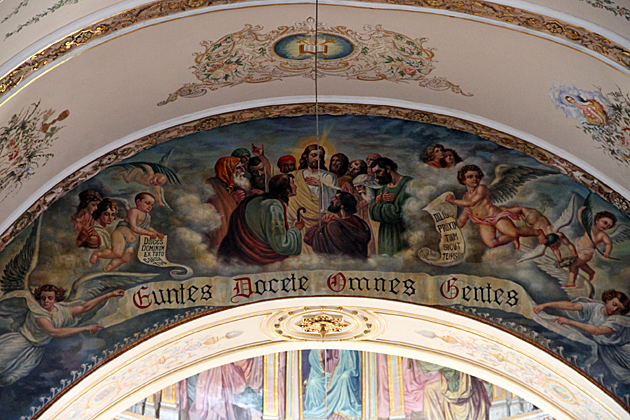
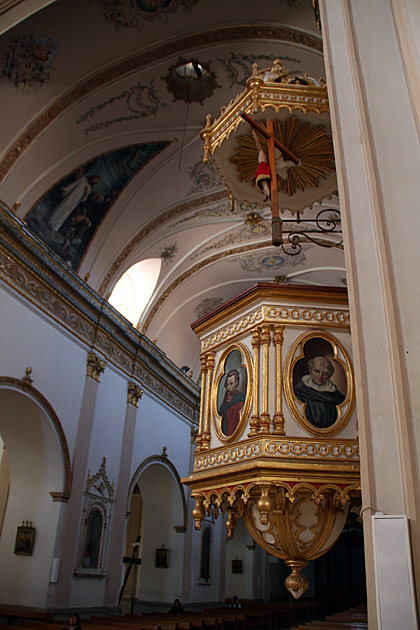


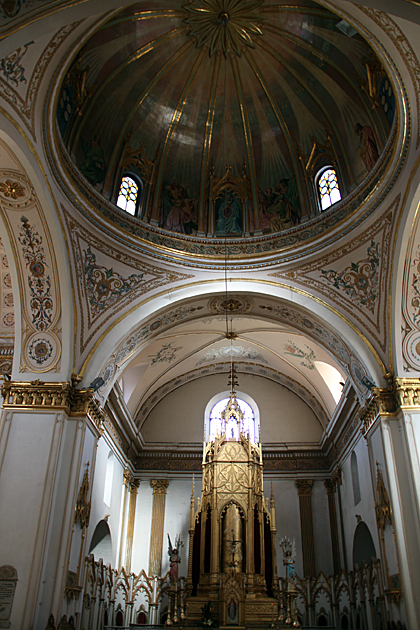
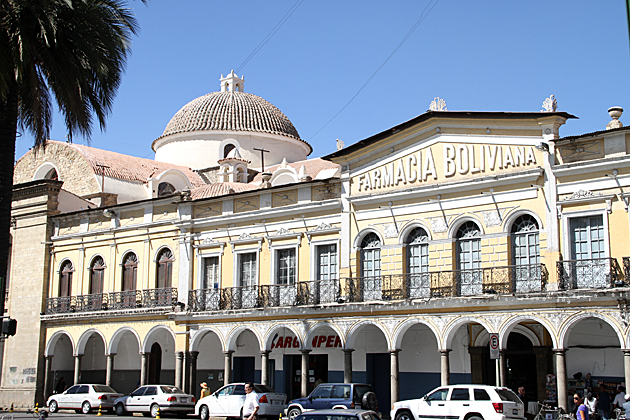
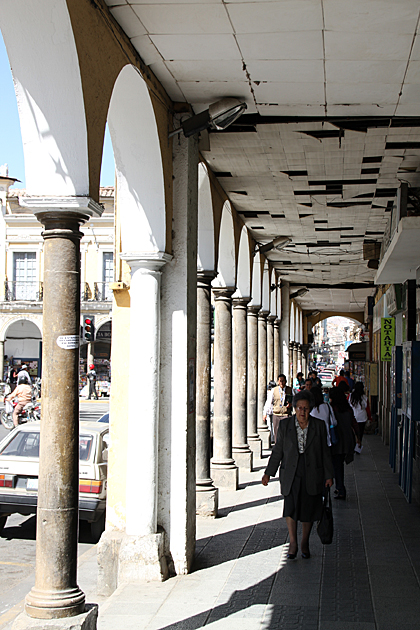
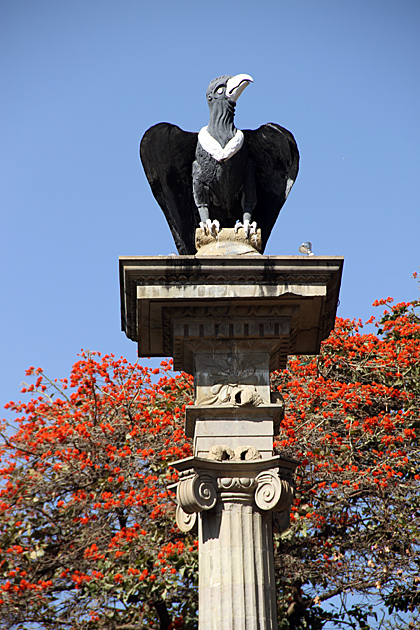
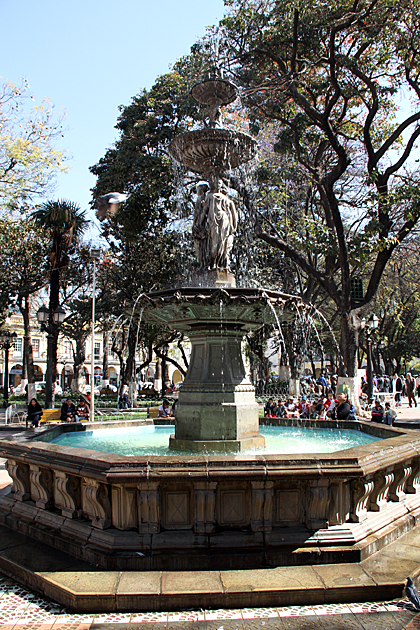


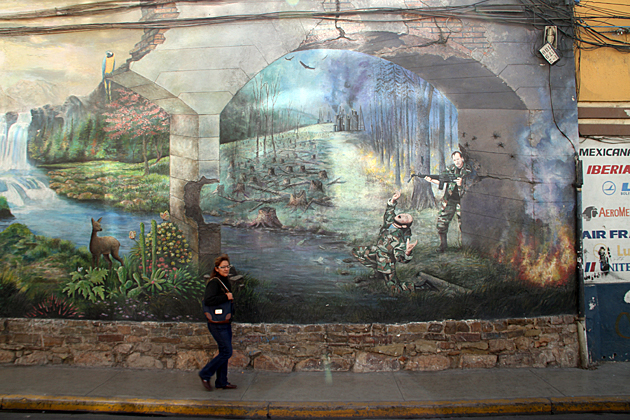

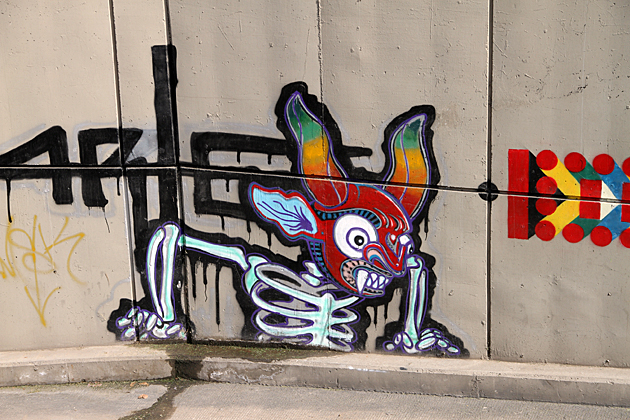
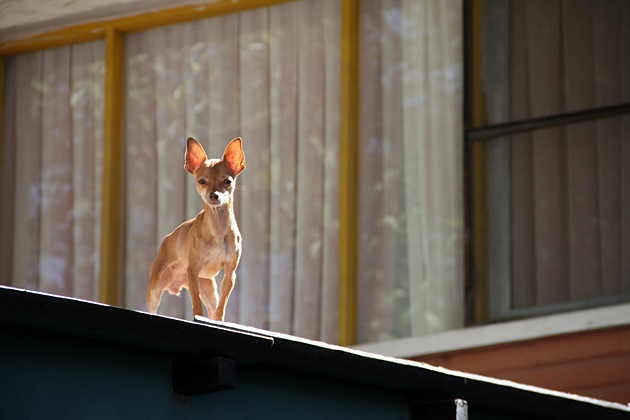
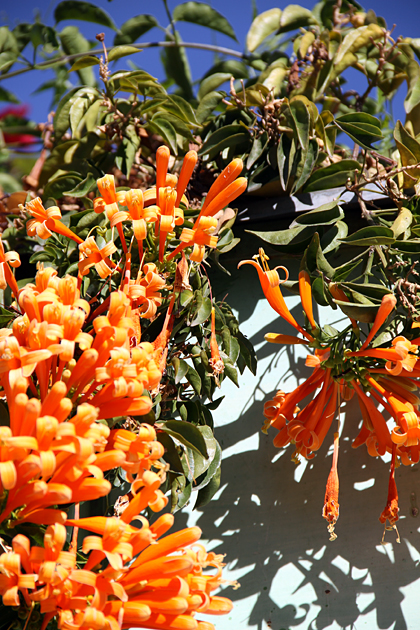
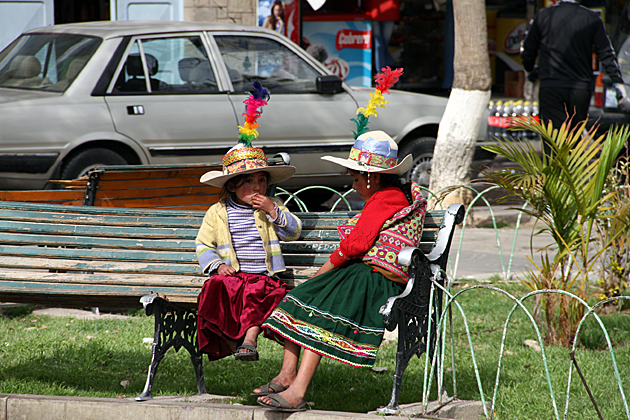

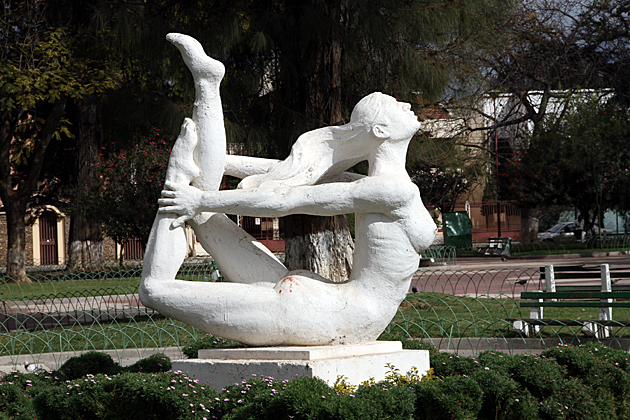
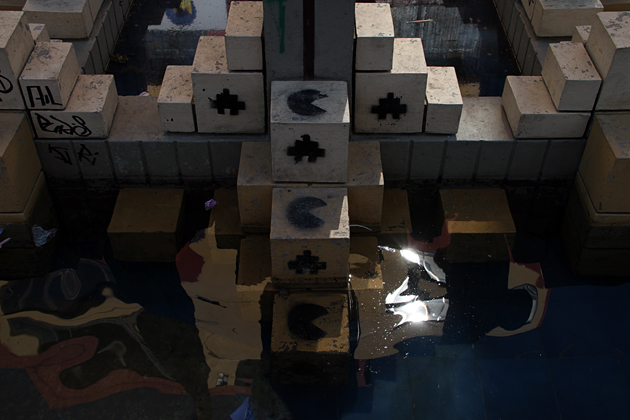
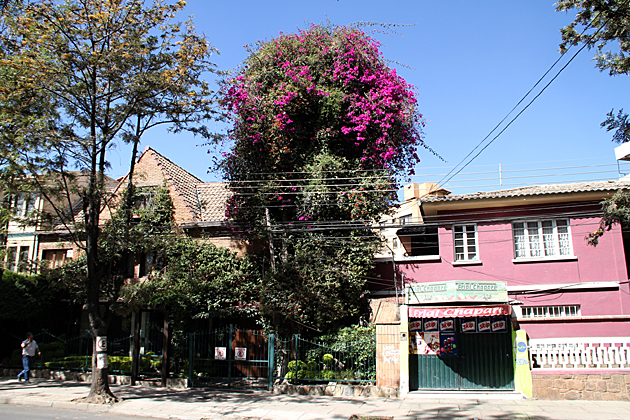
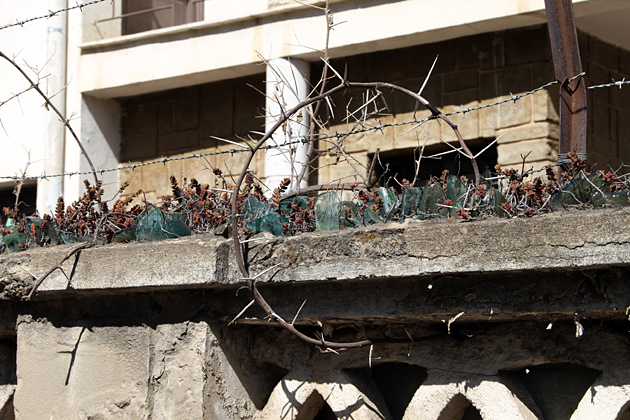
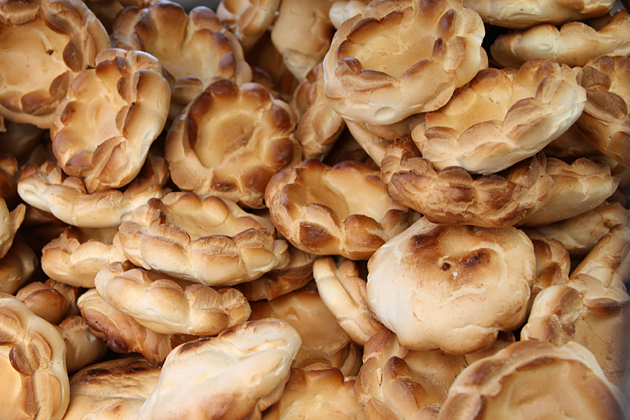
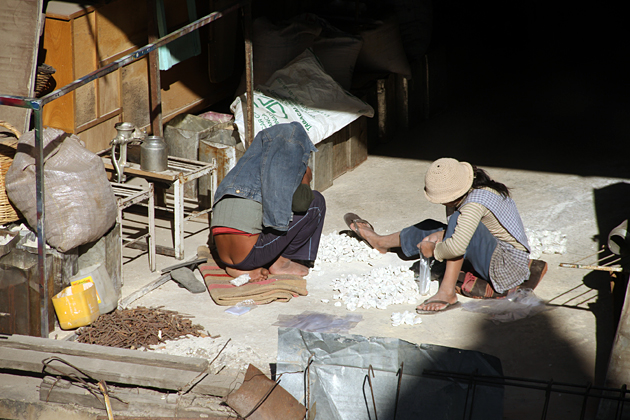

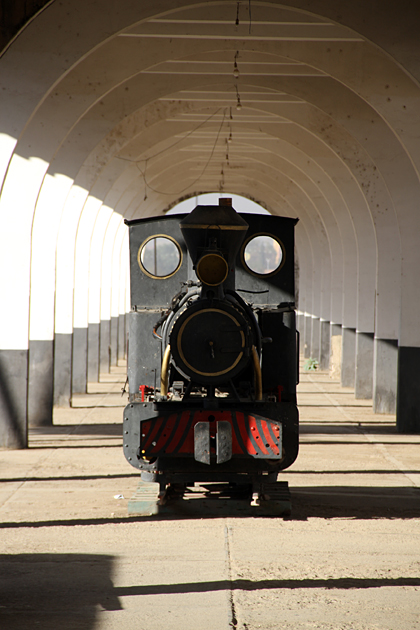
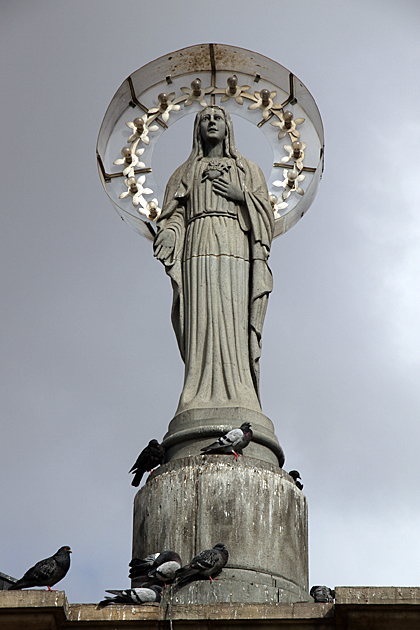
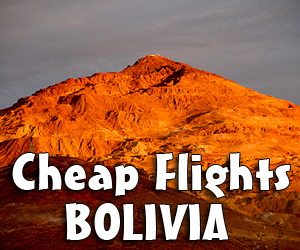
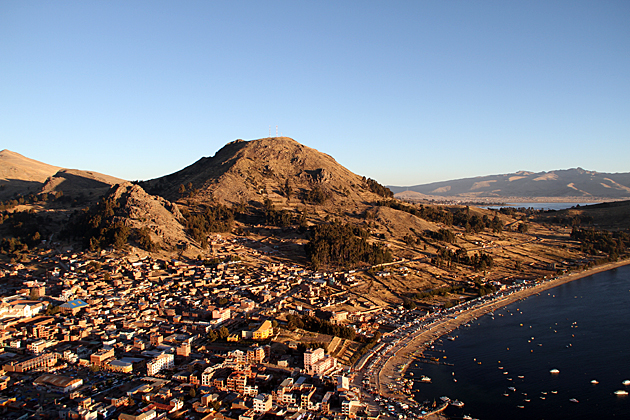


Thanks for the fotos of CBBA. Don’t forget to checkout Central Boliviano America (CBA) and the Calvert School (CCS) the international school. AND our mura at 1417 Luis Castel Quiroga. It is one block from Plazuela Inkacolla on Papa Paolo Av. Love your initial fotos. Thanks again.
Bill and Martha
Hi! I’m from CBBA, now I live in Barcelona with
my Catalan husband. He showed me your blog and we have been following you for
some time. We are enjoying your posts and your photos, we are excited that now you
are in my city and hope you like it.
We would like to throw you some recommendations
in case you have the occasion to try them. We are sure that you have plenty of
information about the city but maybe we can be of some help!
Food and places to eat. As you will now know,
CBBA is famous for its food, and its citizens are good eaters… In CBBA is traditional to eat 5 meals a day!
(desayuno, platito de la mañana, almuerzo, platito de la tarde, cena).
You can try one of the best places to taste traditional
food, the restaurant “Casa de Campo” (in the Recoleta, north of the city) next
to it there is La estancia to eat a good meat. If you want to try the best Chicharrón and Charque, you have to go to “Doña Pola” in Av. América. Very good salteñas in “Los Castores 2” in Calle
Nataniel Aguirre # 470 entre Jordán y Calama. Finally, if you want to try some Pampaku
(meat cooked in holes in the ground) you can go to “Viva Vinto”, on the
road to Quillacollo, there you can also visit Pairumani, where Simón Patiño had
his country mansion.
Places out of the city. In the road to the
jungle of “Chapare” (sure you will go there), there is the “Corani” dam where
you can eat fresh fish from trout farms. Al little further there are the inca
ruins of “Incachaca”, totally worth the visit. A little before “Villa Tunari”
there is the “Carrasco Natural Park”,
for a good hike in the jungle.
In Villa Tunari there is the animal reserve of
Parque Machia. Along river “Espiritu Santo”, the shores are full of little
pintoresque villages like Puerto Villarroel, Puerto Esperanza, etc.
In the Valle Alto area, up the mountains, you
can visit altiplanic villages. We recommend you to visit one of them when they
are celebrating their weekly fairs and markets, like Tiraque, Aiquile, Arbieto,
Punata, Sipe Sipe, etc.
Hope you enjoy my city and if you have any
question just ask!
Beautiful pictures! My favorite is the mural with the mountains in the background. It’s clear that you uncovered a hidden gem.